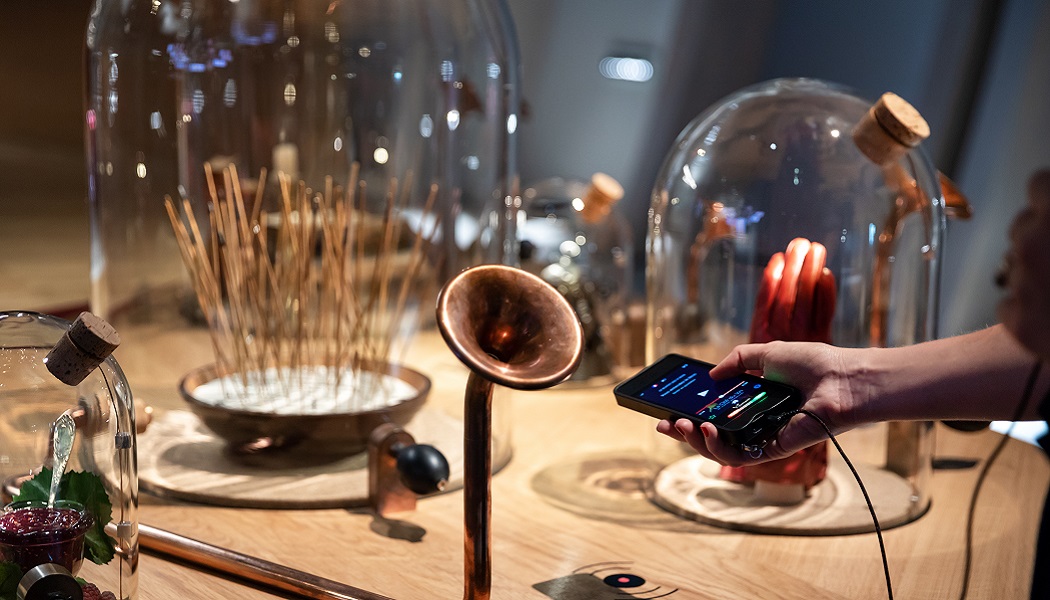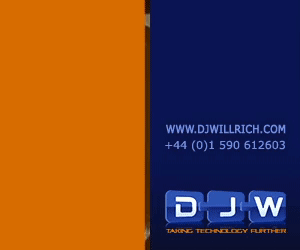Although audio and multimedia guides have been around for quite some time, curators, interpretation consultants and also designers – not always familiar with all the available possibilities – still have questions that resurface time and again. And as technologies advance, new questions are constantly added to the list.
Having delivered thousands of guiding solutions all over Europe and indeed the world, here are some tips on how to create a great audio tour, and how else guides can be used as part of the interpretation and visitor experience.
Story is king and balance the key
Often, curators are tempted to include too much information in an audio tour. Always remember, the attention span of your visitors is limited. Careful selection and preparation of your material is therefore essential if you want to achieve your interpretation goals. Just as important as the factual information is the storytelling aspect, the mnemonics for a successful learning outcome. Good stories stick, whereas facts – especially too many of them – will not make it to the end of the visit.
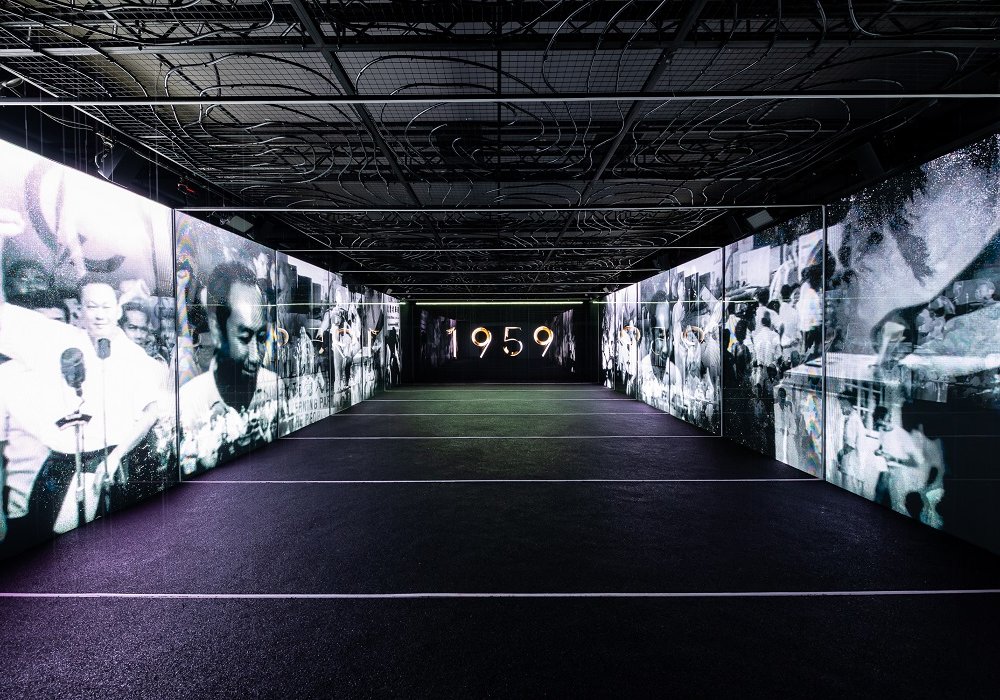
Answering the question what makes an exhibit really (really) interesting in a few sentences will often provide enough basic information and context to create a gripping story for a two-minute audio track. Themed or more in-depth information can be added as layered content, although it remains a fact that most visitors will be very happy with the basic track. The majority of visitors will not listen to any supplementary items.
In contrast, too short, bite-sized tracks have no space to develop a proper narrative and can lead to visitors being overwhelmed. The right balance is the key for success, but keep in mind that not every key fits every visitor segment.
Style follows function
Don’t make it difficult for visitors to access your interpretation. This starts with marketing or upselling guides at the ticket office and ends with an intuitive and easy interface design to operate the guides. If the guide is about enhancing an eyes-up exploration of the exhibition, then a ‘simple’ audio-only guide with number-entry or automatic triggering is the ideal option.
Position your numbers well visible, in a good font-size and visitors will know instantly what to do. A touchscreen device with a graphical user interface, known as GUI, can be an interesting alternative, if you have good audiovisual content that supplements the exhibition. But such content should add to the exhibition experience and not distract from it.
Ideally, the audio guide will be included in the entry price to the exhibition, thereby guaranteeing a consistent visitor experience. For some the implications for the budget at first might seem daunting, which is often an argument for just creating an app for visitors to download, known as “Bring your own device” (BYOD). But this solution has its own drawbacks. Limited storage space on the phone, bleeding battery over the day and no headphones are some of the hurdles often mentioned in this context. And unlike it is the case for audio guides, there is no business model for BYOD (as most visitors will not pay for an app) and the conversion rate has been poor consistently.
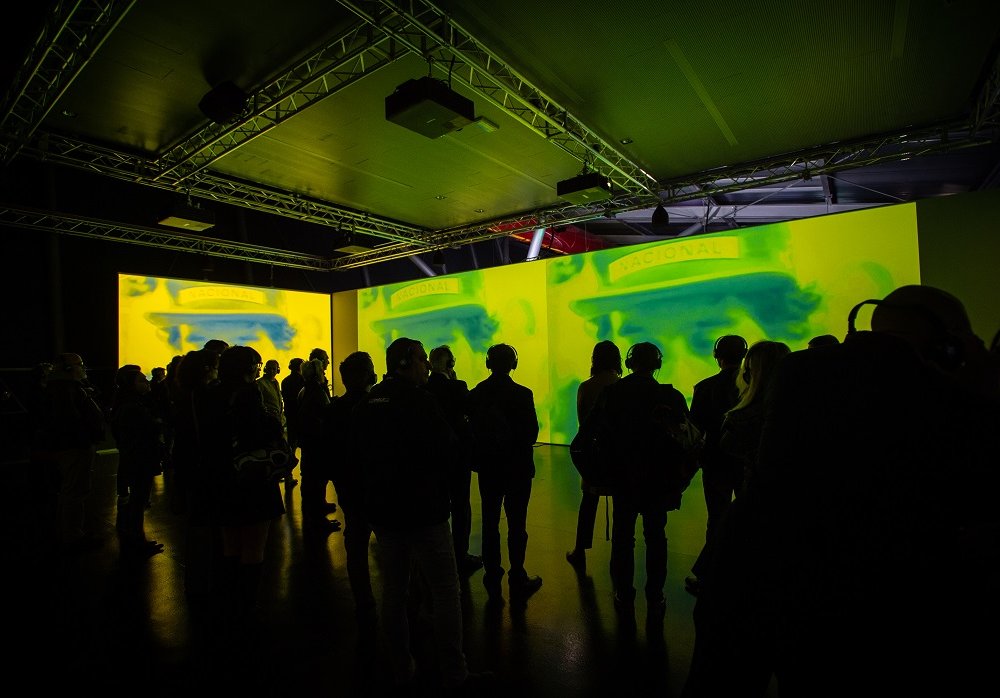
Immersive audio
Audio guides can do so much more than just play an audio track, such as providing multilingual content or lip-sync audio tracks for videos, thereby reducing soundspill. Other examples include immersive soundscapes for the growing number of visitor experiences.
After the successful launch of the audio system for the Victoria and Albert Museum’s Opera: Passion, Power and Politics exhibition, tonwelt was approached by the Prime Minister’s Office of Singapore to install a similar setup for the Singapore Bicentennial Experience.
The exhibition, From Singapore to Singaporean, brings to life the eventful history of Singapore since 1299, which has been marked by powerful regional and global changes. At the heart of the experience is an immersive multi-sensory experience, which takes the visitors on a 700-year journey through Singapore’s history in 50 minutes.
This Singapore story is told through multimedia, sound, lighting, automation, water and other special effects, as well as, live performers. Singapore has a multi-ethnic society with four official languages – English, Malay, Mandarin, and Tami – so the audio guide was essential to tell the stories to mixed groups as part of a timed show in multiple acts.
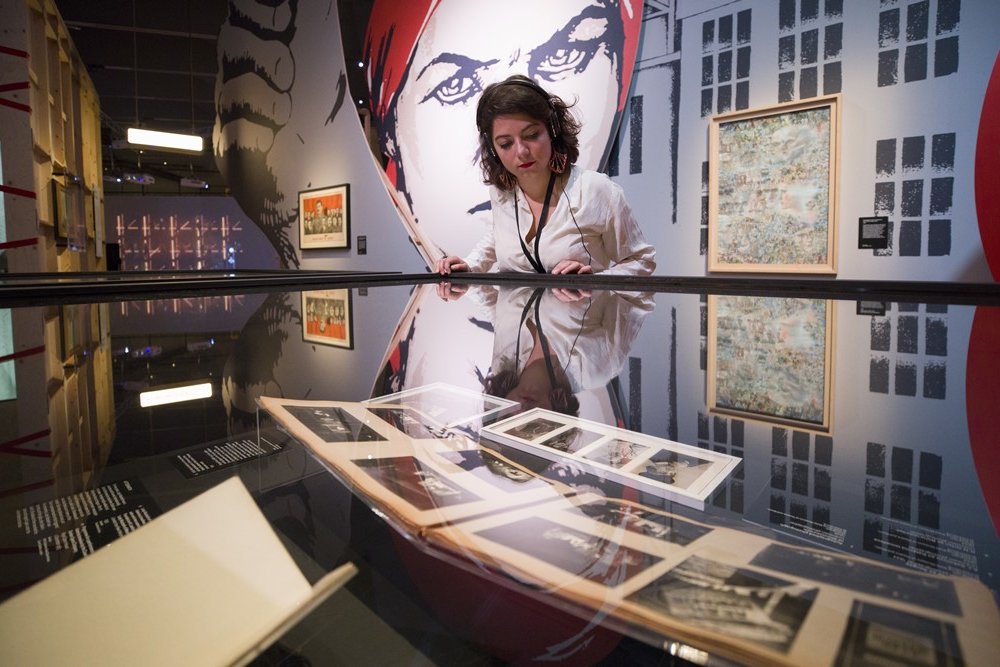
A similar system is installed at the immersive exhibition, Ayrton Senna – the soul beyond the limits, located directly at the legendary race track at Imola. Large-scale multimedia projections allow visitors to take a seat in the cockpit of Senna’s racing car, becoming themselves co-pilots on the race track. The aim of the exhibition is to create a multi-sensory and highly emotional visitor experience that literally makes the fascination of racing tangible and illuminates the person Ayrton Senna as an exceptional talent.
Finally, at the Scotch Whisky Experience in Edinburgh, tonwelt’s audio guides have been used in a setup for mixed groups where content is triggered automatically and also by a life guide. All tours are led in English by an expert guide. To cater for the large international audience of this site, tonwelt delivered 100 supraGuide TOUCH for interpretation in 18 languages, plus sign language tours. Content is automatically triggered when the group enters a room and watches one the digital installations, including a barrel ride explaining the process of transforming grain to whisky. At other stops, the guide can remotely activate pre-recorded messages, timed to the live presentation in English. This allows the Scotch Whisky Experience to have mixed tours, streamlining the operations of the site immensely.
No matter if you need help in developing a compelling audio tour or a complex sound installation, please contact Philipp Hinz, consultant at tonwelt UK, [email protected]

